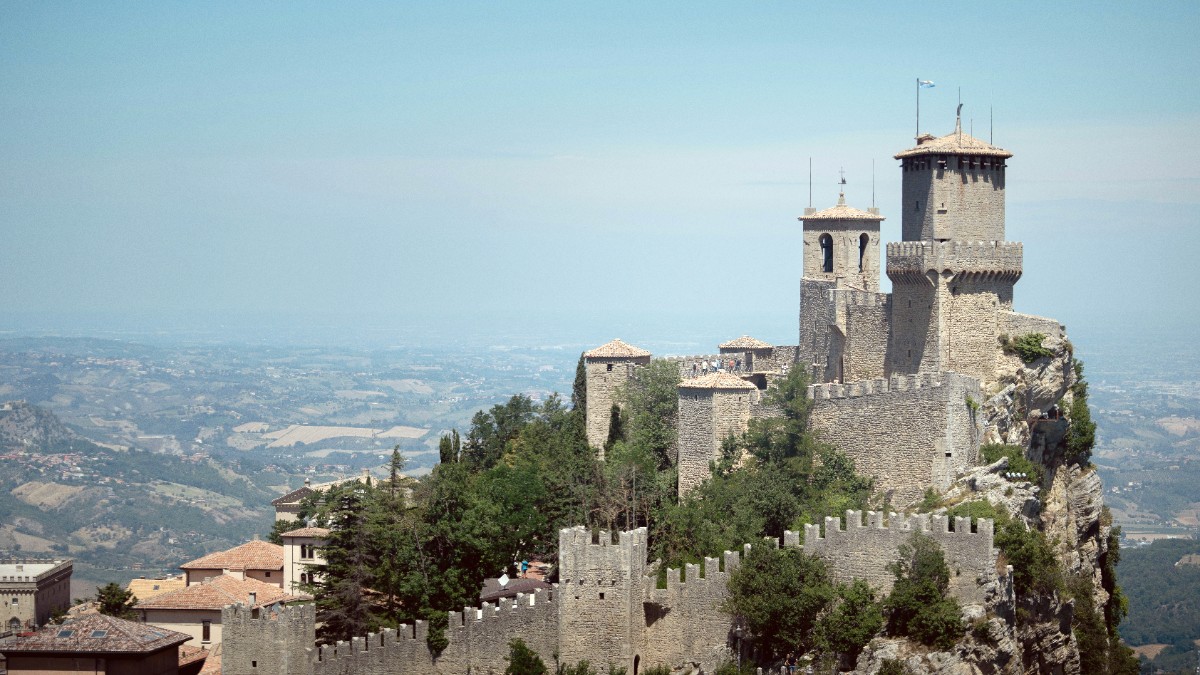
Friuli Venezia Giulia, Italy
Friuli-Venezia Giulia, with Udine at its heart, historically served as a bridge between Latin, Germanic, and Slavic worlds. This cultural melting pot translates into its food.
Unlike many Italian regions heavily relying on pasta, Friulian cuisine a strong tradition of polenta (cornmeal), barley, and beans. It emphasizes robust, rustic dishes that utilize local, seasonal ingredients, often rooted in peasant traditions.
Udine a hub where you experience the full range of broader Friulian culinary traditions. Restaurants typically dishes reflecting agricultural bounty of the plain, seafood from the Adriatic, and heartier mountain fare.
Dinner typically eaten later in Italy, usually from 7:30 PM onwards. Many restaurants not open before this time.
A popular social ritual. This pre-dinner drink, often accompanied by complimentary snacks, usually takes place between 6:00 PM and 8:00 PM. It a time for socializing and unwinding before the main meal.
A quintessential Friulian dish: a savory pancake or crisp made from melted Montasio cheese, often mixed with potatoes and sometimes onions. It in "frico croccante" (crispy) and "frico morbido" (soft).
Find at most traditional osterie and trattorie in Udine.
World-renowned cured ham from nearby San Daniele del Friuli. This sweet, delicate ham air-cured and aged, a distinct flavor.
Served in many restaurants, often with fresh figs or melon. Also buy from "prosciutterie."
A hearty and warming soup, popular in colder months. It combines beans, sauerkraut (brovada), potatoes, and smoked pork or bacon. This dish the strong Central European influence.
Common in osterie during autumn and winter.
Pizza al taglio (pizza by the slice), Tramezzini (crustless triangular sandwiches), and Focaccia at bakeries and casual pizzerias.
Strudel (due to Austrian influence), Tiramisù (widely available and well-made), and artisanal Gelato.
Udine several upscale restaurants interpreting traditional Friulian cuisine, often extensive regional and national wine lists. A more formal dining experience.
'Trattorie' and 'osterie' excellent choices for authentic Friulian dishes in a casual, traditional setting. They often generous portions at reasonable prices.
Pizzerias, "paninoteche" (sandwich shops), and local bars affordable options for quick meals. Mercato Coperto a place to buy fresh local ingredients.
A must-visit. It a great place to pick up picnic supplies or local ingredients.
This daily market a sensory experience, offering fresh local produce, meats, cheeses (including Montasio), baked goods, and Friulian specialties.
While Friulian cuisine takes center stage, you find a selection of international restaurants (e.g., Asian, kebab, various pizza styles) in Udine, notably outside the immediate historic center.
These expand dining choices beyond traditional Friulian fare.
Growing awareness. Many restaurants vegetable-based options. Vegan options need specific inquiry.
Availability limited. Self-catering or specialized stores a practical approach.
'Senza glutine' options common in supermarkets. Some pizzerias gluten-free crusts.
Clearly communicate allergies. Consider carrying a dietary Translation card.
Participate in the traditional 'aperitivo'. Join locals at a bar in the early evening for a drink and accompanying snacks.
A relaxed way to socialize and sample small bites before dinner.
Dining at an 'osteria,' historically simpler establishments serving wine and basic food, now often traditional, cozy restaurants.
They a genuine taste of local life and culture.
Friuli Venezia Giulia famous for high-quality white and red wines. Grappa, a potent brandy distilled from grape pomace, often consumed as a digestif.
Many dishes in Udine are seasonal, utilizing local produce at its peak. Autumn sees an abundance of mushrooms, chestnuts, and game.
Some local culinary schools or agriturismi offer Friulian cooking classes, a hands-on way to learn about local ingredients and traditional recipes.
A visit to a prosciutto factory in San Daniele del Friuli a popular and delicious experience. Many cheese producers offer tours and tastings of local cheeses.
Check local calendars for food festivals, especially during autumn harvest season. These events celebrate local products like wine, cheese, and cured meats.
Wait to be seated in restaurants. Do not just pick a table.
This standard practice in Italy.
You likely asked if you prefer "acqua naturale" (still water) or "acqua frizzante" (sparkling water).
Tap water generally not automatically served.
Many dishes Udine seasonal, utilizing local produce at its peak. Autumn sees an abundance of mushrooms, chestnuts, and game.
Tipping not obligatory; a small tip appreciated for excellent service. Reservations highly recommended for popular restaurants.
Look for places popular with locals for authentic experiences. Don't hesitate to ask hotel staff or locals for recommendations.
Wait to be seated in restaurants. Bread served at the table; do not expect butter or olive oil unless requested. Use bread to "fare la scarpetta" (mop up sauce) from your plate.